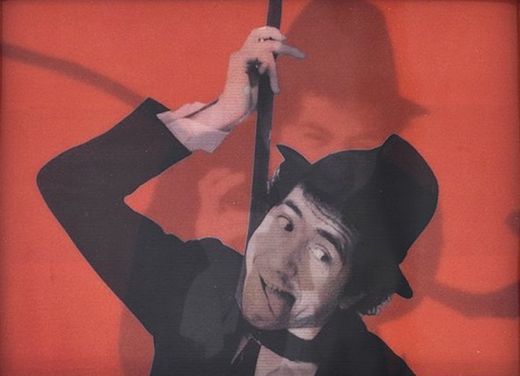

I am a storyteller, and my story is everyone's story.
Biography
Christian Boltanski is a French visual artist. He lives and works in France.
Christian Boltanski is interested in the lives of others, their stories and their part they play in history. He is interested in individual stories, who, gathered by destiny, accidents, and the human infamy constitute the chaos of the world. By paying tribute to them, he resists the inexorable oblivion.
Self-taught, he began painting in 1958 but first came to public attention in the late 1960s with short avant-garde films and with the publication of notebooks in which he came to terms with his childhood. The combination in these works of real and fictional evidence of his and other people's existence remained central to his later art.
In the 1970s photography became Boltanski's favoured medium for exploring forms of remembering and consciousness, reconstructed in pictorial terms. In the early 1980s Boltanski ceased using objets trouvés as a point of departure. Instead he produced 'theatrical compositions' by fashioning small marionette-like figures from cardboard, scraps of materials, thread and cork, painted in colour and transposed photographically into large picture formats. These led to kinetic installations in which a strong light focused on figurative shapes helped create a mysterious environment of silhouettes in movement.
In 1986 Boltanski began making installations from a variety of materials and media, with light effects as integral components. Such works, for which he used portrait photographs of Jewish schoolchildren taken in Vienna in 1931, serve as a forceful reminder of the mass murder of Jews by the Nazis. In the works that followed Boltanski filled whole rooms and corridors with items of worn clothing as a way of prompting an involuntary association with the clothing depots at concentration camps. As in his previous work, objects thus serve as mute testimony to human experience and suffering.
His work has been featured in Documenta (1972, 1986) at the Venice Biennale (1993, 1996), and at the Carnegie International at the Carnegie Museum, Pittsburgh (1991).
Nationality








